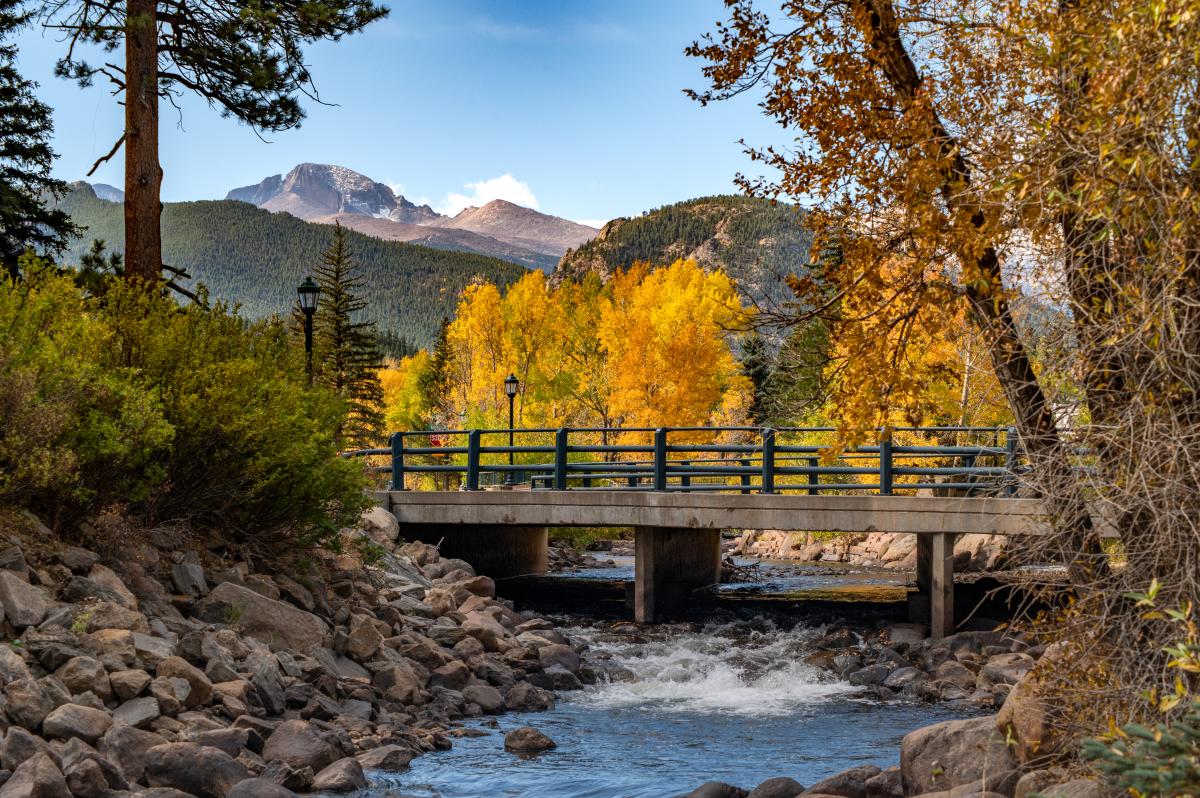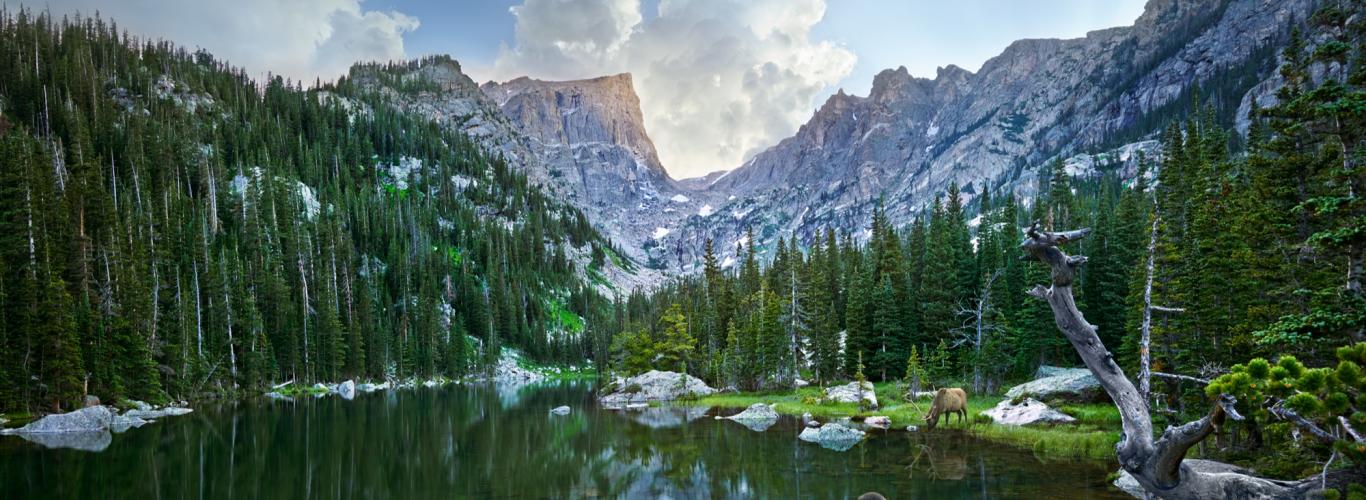What’s the deal with these beautiful trees that turn to glorious golden groves this time of year?
Fall in Estes is an exciting time. And yellow aspen leaves are fall's trademark! Aspen trees stand out from their conifer neighbors with signature white bark and what almost appear to be eyes carved into its outer layer. They are unique in their advanced root system, which ties together entire groves of trees above ground into one widespread organism underground. Each tree within the organism is an exact genetic replicate of the other and they come together to form colonies. Their sturdy root system and ability to survive in varying climates and high-altitude nods to them being the most widespread tree in North America. One colony of aspens, called Pando, is considered the heaviest and oldest living organism in the world. It is estimated to be 80,000 years old, and weigh over 13 million pounds.
Throughout the warmer months the chlorophyll, which accounts for the green color, in leaves is prevalent and its purpose is to absorb energy from sunlight and turn it into food for the trees. As the summer winds down and the daylight hours shorten the leaves stop their food-making process and the green chlorophyll in the leaves breaks down. This shedding of the green color reveals an array of vibrant golden hues that brings in leaf-peepers from all over the world.

After the leaves have all fallen off, the process of photosynthesis doesn’t end for Aspens, as it does for most deciduous trees. This is because just beneath the bark is a layer of chlorophyll that continues to absorb sunlight and create carbohydrates for the tree to survive and grow year-round. That yummy layer of sugary carbs is a very tasty treat for the resourceful elk, deer, and moose of Estes Valley.
Aspens pepper the mountainside throughout Estes and you are sure to spot the glowing trees if you visit during the fall. However, each season for peak leaf-peeping is slightly varied and dependent on the weather. Elements such as heat, wind, moisture and sunlight can all impact the timing of the changes in color. The height of the color season is also different depending on elevation. The leaves on trees at higher elevations in Rocky Mountain National Park turn first, usually in early to mid-September. By late September there is some color in the Town of Estes Park and by mid-October, the color season has officially ended. Estes Park hosts several fall festivals and events to honor the leaves, the elk, and this wonderful season. Be sure to book your stay now to ensure you don’t miss out on this once a year event! Check out the map below from Chris Tomer at Denver’s Fox 31 to see the fall color timeline in Colorado.

Important note: No one cares who you’re on a date with when you take in the beauty of these trees, so don’t carve your name, initials, the date, or anything else into them. It’s an important part of leaving no trace, so we can continue to enjoy these sights for years to come.




